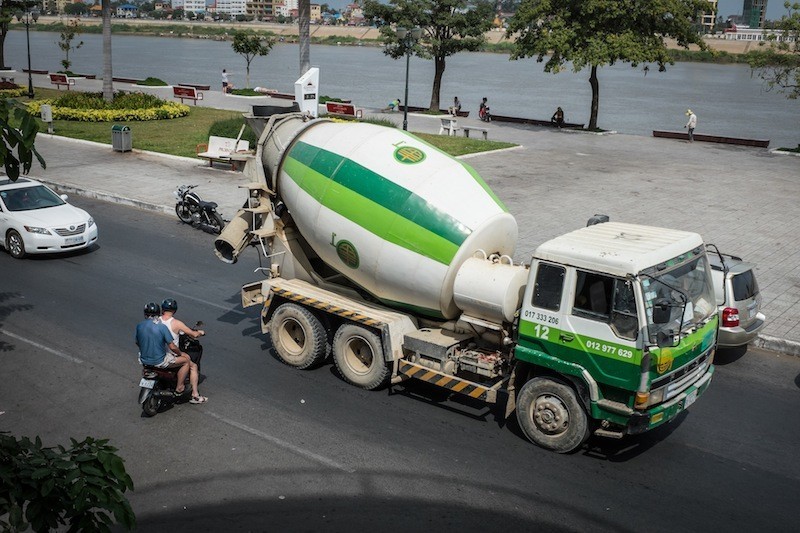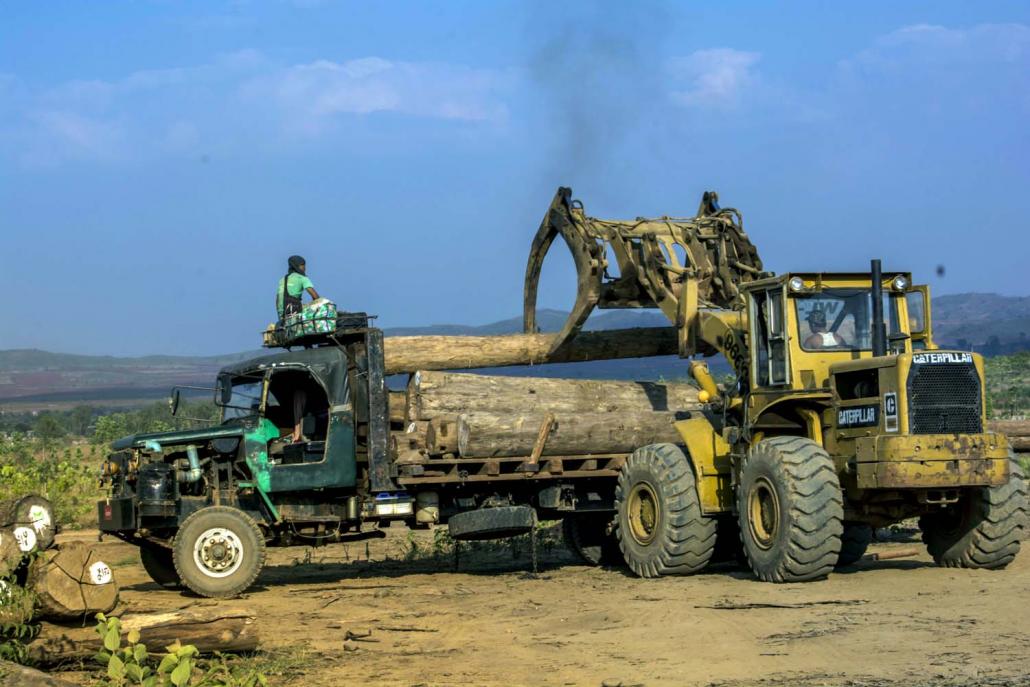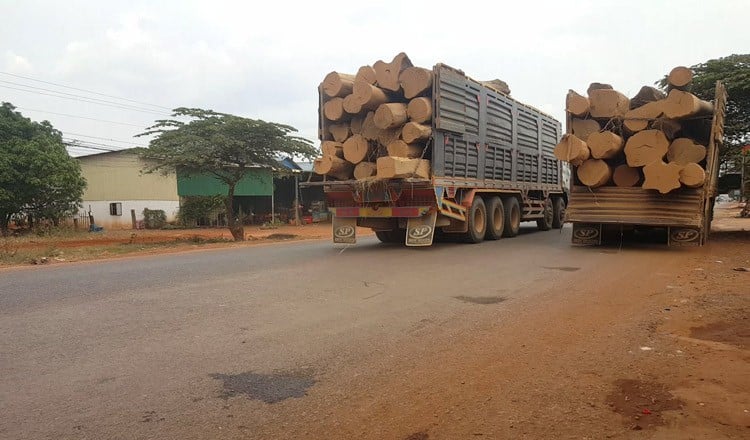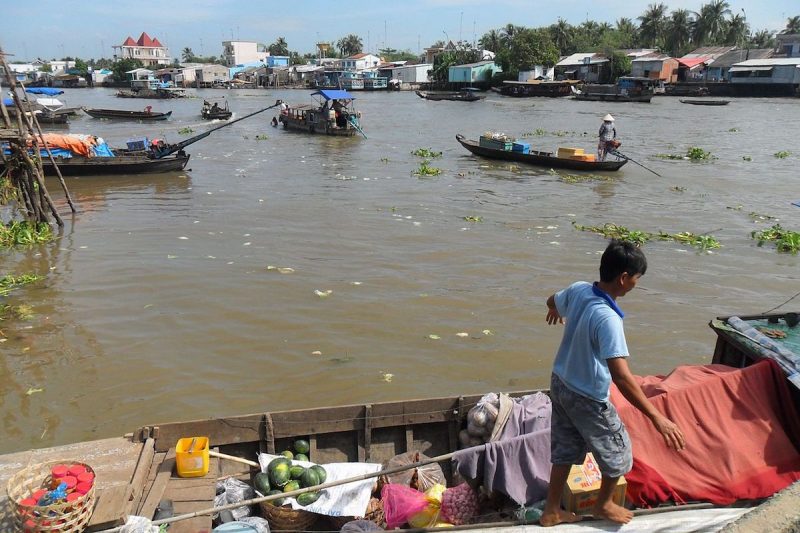When China backs up the development of other countries forcibly in disregard of their financial strength, environment and human rights issues, it could impede their healthy development.
Category: Region
Selected environmental stories from media outlets in the Mekong region and beyond.
Cambodia construction boom built on ‘blood bricks’ and slavery – report
Fueled by aid agencies’ development strategies, families are forced to remain on kilns until their debts are repaid. Many remain there for decades–in conditions of modern slavery.
Rising oil prices helpIng Vietnam fast-growing economy
They are helping Vietnam earn money that will quicken its already fast economic growth and may help the country build new infrastructure. The only red light: higher fuel prices among Vietnam’s consumers.
Cementing Cambodia’s future, but at what cost?
The solution is to stop for a second. Stop the deal-making, truly assess, employ the expertise you have in your ministries and make decisions that are going to be for the benefit of the next generation.
UK suspends funding for timber industry project
Funding could potentially be sourced from another country. However, it’s difficult because in Myanmar “a lot of the timber is being harvested in areas where the government doesn’t have access”.
Enviromental NGOs call for EU not to sign timber deal with Vietnam
Seven NGOs point to serious flaws in the EU agreement due to the continuous flow of illegal timber into Vietnamese market from neighboring countries, especially Cambodia.
20-year National Strategy comes into effect
The first National Strategy has taken effect, with the aim of turning Thailand into a developed country by 2037.
Water conflicts worldwide threaten peace
China is not alone in trying to control Mekong. Laos also plans a dam to generate power for sale to Thailand. Vietnam, where the Mekong flows into the South China Sea, is against the project, but Laos is not budging.








